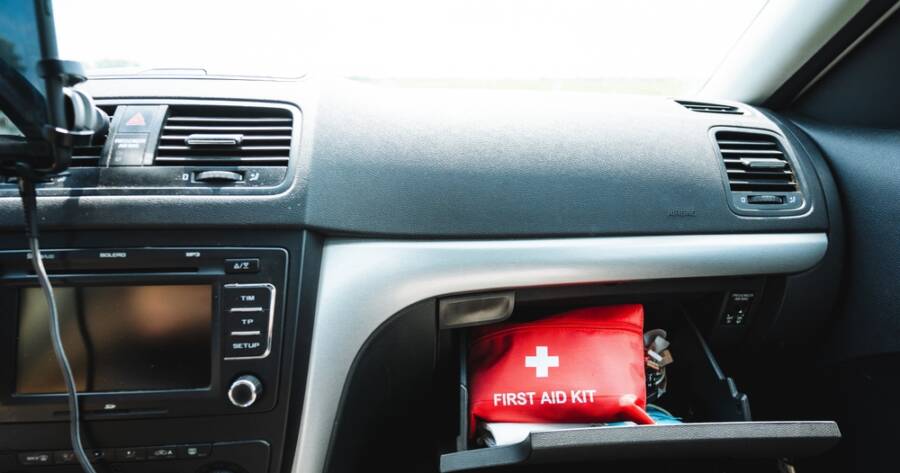You never know when trouble might strike while you’re on the road. A flat tire, a dead battery, or a winter storm could leave you stuck for hours. That’s why having a well-stocked emergency kit in your car is so important. With the right items on hand, you can stay safe, calm, and better prepared for whatever comes your way.
Basic Tools to Handle Common Breakdowns
One of the most common car problems is a dead battery. Jumper cables are a must in any emergency kit. You’ll also want to include a tire pressure gauge and a simple tire repair kit or sealant. These tools can help you fix a flat long enough to reach a repair shop. A multi-tool or basic wrench set is also smart to carry.
A flashlight with extra batteries is another key item. Car troubles don’t always happen during the day, and proper lighting makes it easier and safer to see what you’re doing. Some drivers also keep reflective triangles or safety flares in their trunks to warn other drivers of their stopped vehicle.
If you live in a colder area, pack an ice scraper and a small shovel. These tools come in handy during snowstorms or if your car gets stuck in a drift. Even in milder areas, tools like these can be useful during unexpected weather events.
Safety and First Aid Supplies
While tools help you handle your car, safety supplies help you care for yourself and your passengers. A first aid kit should be part of every emergency kit, no matter where you live. It should include bandages, antiseptic wipes, gauze, gloves, and pain relievers.
If you take regular medication, it may help to store a small backup supply in your kit—just be sure to replace it before it expires. Emergency contact information and a list of any medical conditions or allergies should also be included, in case first responders need them.
Another safety item to consider is a seatbelt cutter or window breaker. These small tools can help you escape your car quickly if doors or windows become stuck after a crash. Some versions combine both tools into one and are easy to store in the glovebox or center console.
Food, Water, and Warmth for Unexpected Delays
Sometimes emergencies last longer than expected. Whether you’re waiting for a tow truck or stranded due to road closures, having food and water in your car can keep you more comfortable and alert. Choose non-perishable snacks like granola bars, nuts, or dried fruit. Store a few sealed water bottles as well.
Warmth is especially important if you live in areas with cold winters. A thermal blanket or compact sleeping bag can make a big difference if you’re waiting for help in freezing temperatures. It’s also smart to pack gloves, extra socks, and a warm hat. Even if you think you’ll never need them, they take up little space and can be life-saving in the right conditions.
You may also want to pack:
- A few disposable hand warmers
- A rain poncho or light waterproof jacket
These small items provide protection from the weather and keep you dry if you need to walk for help.
Communication and Navigation Essentials
While most people rely on smartphones for directions and help, you shouldn’t count on them in every situation. Cell service isn’t available in all areas, and phone batteries die quickly in cold weather. It’s a good idea to include a portable phone charger or power bank in your emergency kit.
Keep a paper map of your state or region in the glovebox. It may feel old-fashioned, but it can be a lifesaver if GPS fails. A battery-powered or crank-style emergency radio can also keep you informed about weather alerts or road closures, especially during storms or natural disasters.
A notebook and pen can also come in handy for writing down important details, such as directions, phone numbers, or accident information. These small tools may not seem urgent now, but they can be incredibly useful when things don’t go as planned.
Ready for the Road, Rain or Shine
Being stuck on the side of the road is never fun, but having the right items in your car emergency kit can make a difficult situation easier. You don’t need to pack everything under the sun—just the essentials that help keep you safe, warm, and connected until help arrives.
Take time to check your kit every few months. Replace expired items, swap out seasonal gear, and make sure batteries still work. A little preparation now can make all the difference later, whether you’re driving across town or across the country. Stay ready, stay safe, and enjoy peace of mind wherever the road takes you.

